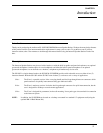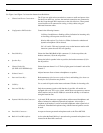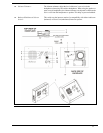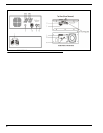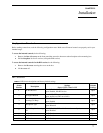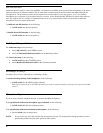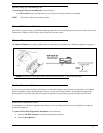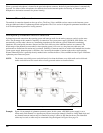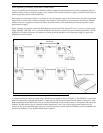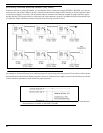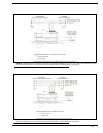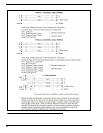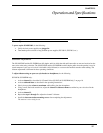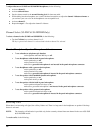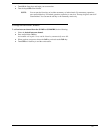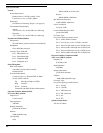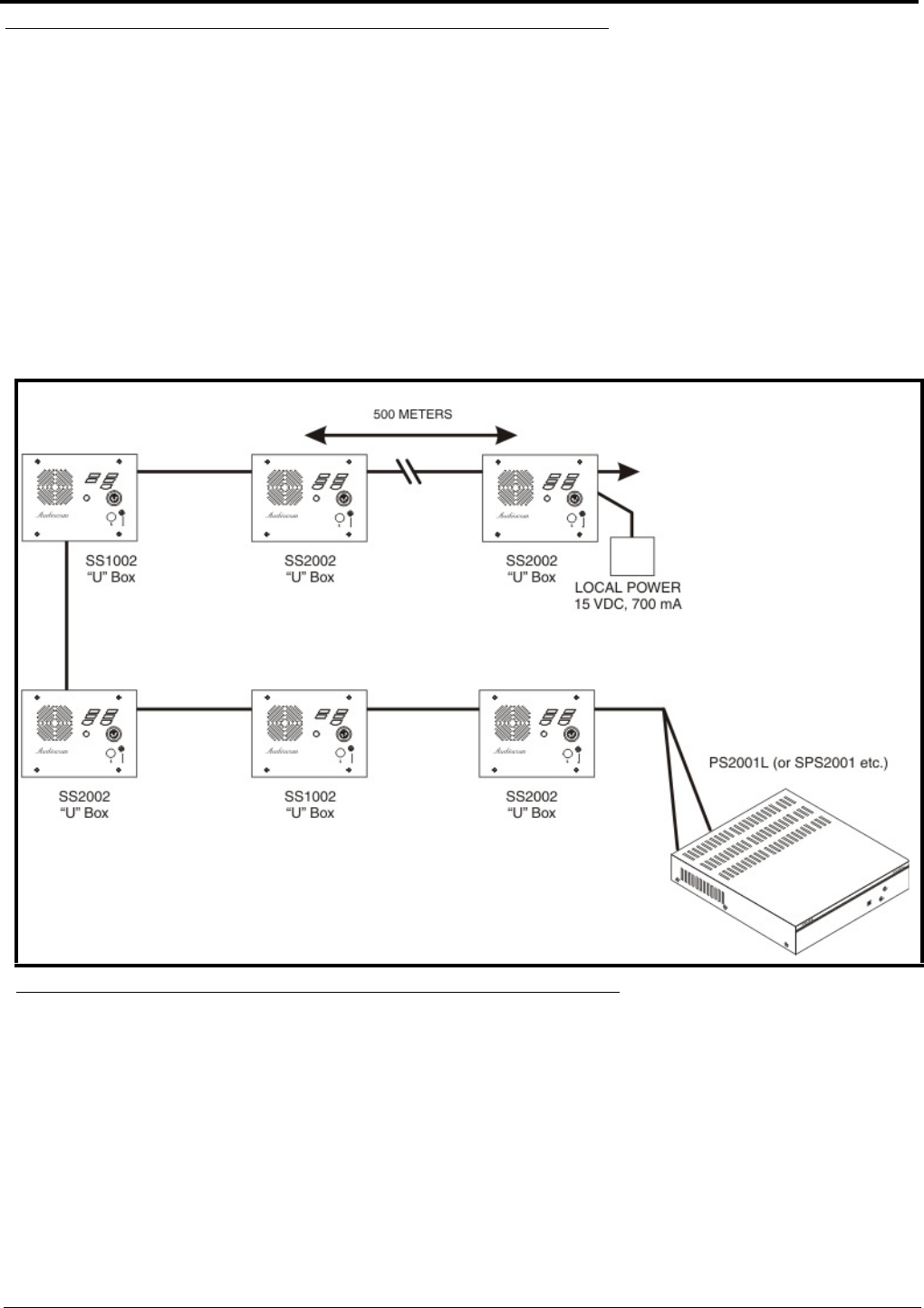
11
Description of Locally Powered Connection
Using a Locally Powered Connection, an intercom station is connected to the intercom line just like any phantom powered
intercom station, except a local power supply is also connected. The external local power supply is located near the intercom
station and provides power for that station only.
Since power loss on the intercom lines is no longer an issue, the operating range is now limited only to the audio transmission
range, which is several miles. Another advantage to this method is more stations can be connected to the intercom channels.
When local power is supplied to an intercom station, the station detects it and automatically disconnects from the system’s
phantom-power supply.
Figure illustrates an intercom system with both phantom-powered and locally powered U boxes. As long as a system power
supply (PS2001L, SPS-2001, etc.) is located somewhere in the intercom system, the proper terminating impedance is still be
supplied for all stations. However, if all stations are locally powered, and there is not system power supply, a special line
termination must be installed.
A 2-channel Audiocom intercom system using a PS2001L power supply (as shown in Figure 5). The PS2001L is set to isolate
mode. In isolate mode, each intercom channel is a separate party line, and total current for each channel is limited to 1 Amp.
Both the SS-1002 and SS-2002 stations may be connected depending on each location’s need to communicate with one or two
channels. SS-1002 stations may be connected to either channel one or two. Also, note locally powered stations may be
connected. This is recommended when stations are installed at remote locations. Since the PS2001L provides termination for
the intercom channels, no user-installed termination is required.
FIGURE 5. A 2-channel Audiocom intercom system using a PS2001L power supply.



